Richland park project was supposed to help shrub steppe. Why are people up in arms?
Bird watchers, horseback riders and hikers at W.E. Johnson Park were shocked in early May to discover 10 acres of shrub steppe habitat — sagebrush — destroyed in Richland’s least developed park.
Members of Tapteal Greenway, the Lower Columbia Basin Audubon Society and other conservation groups found shredded sagebrush on bare dirt in the heart of the 236-acre park along with bits of construction tape flying from branches along trails.
“They didn’t just spray (for weeds). They went in and dozed everything. It was bare dirt with vegetation chopped up,” said Debbie Berkowitz, an Audubon Society member who regularly leads bird watchers through the park.
Conservation groups were even more stunned to learn the area was cleared for an environmental restoration project no one knew about, and that it was tied to a hotel development near Columbia Center mall.
“The fact that we were never contacted on a conservation, preservation and restoration project at W.E. Johnson is a slap in the face,” said Adam Fyall, president of Tapteal Greenway.
The nonprofit has been active there for three decades and considers itself an important partner to the city.
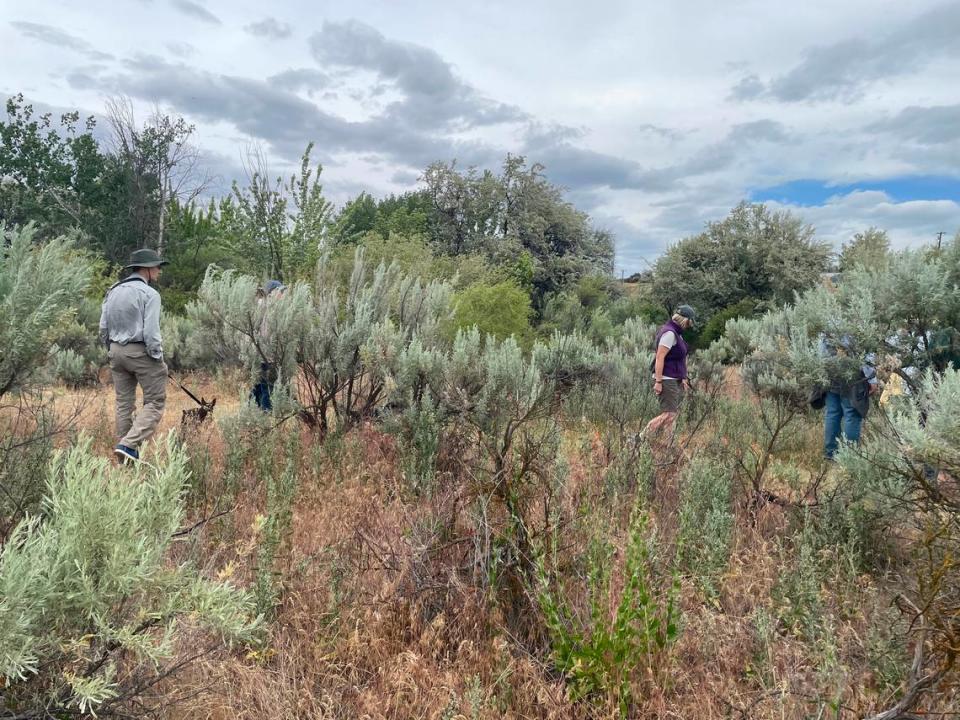
Larry Umthun, a Richland wildlife photographer, and his wife, Lisa Hill, an artist and naturalist, live near a trail-head leading into W.E. Johnson Park.
Umthun said the extensive clearing was a shock to everyone, even those who live nearby. The area that was mowed down starts about a quarter mile south of the archery range parking lot off Van Giesen Street and meanders from there.
“No one knew about this. They plowed a big, whole area of the park. No one knew anything about it,” he told the city council during its May 22 meeting.
Now, the work is halted amid the public outcry, said Chris Waite, Richland’s newly appointed parks and public facilities director. He acknowledged that communications may have been lost between his predecessor’s abrupt departure and his arrival in April.
Laura Hester left in November, less than a year after the city came under withering fire for fantastical plans to develop parking lots, pickleball courts and other facilities in natural areas of Leslie Groves Park on the Columbia River waterfront.
Waite said the city is assessing what happened at W.E. Johnson and figuring out how to proceed.
Since the project site was cleared, invasive Russian knapweed has taken hold.
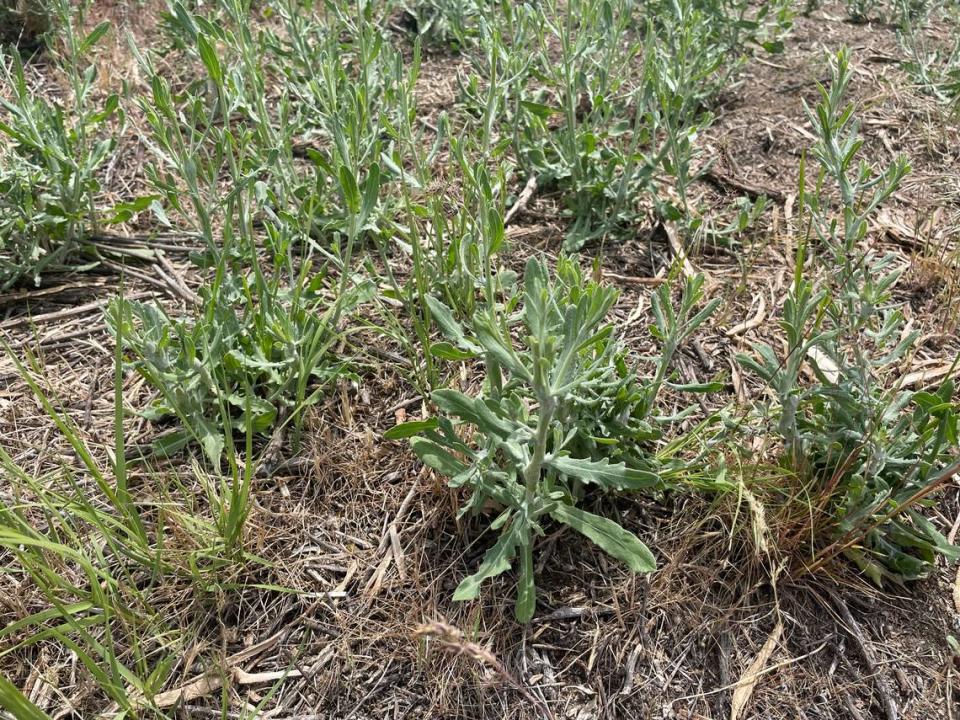
The project plan, posted to the city’s “current projects” site, contemplates applying herbicides regularly until the area can be replanted in winter or fall.
The idea horrifies Lisa Hill, who joined a conservation group that led the Tri-City Herald on a tour of the area. Surrounding vegetation, including sagebrush, could be damaged if hundreds of gallons of RoundUp or other herbicide is spread in the park.
But Waite says the city is committed to success.
“We encourage community members to be aware that this process may take several seasons to reach completion,” he told the Herald.
First mitigation project
The project at W.E. Johnson is the first time Richland has required a developer to mitigate damage to a construction site by investing in restoration elsewhere.

Its “critical areas” ordinance calls for developers who remove sagebrush to replace it at a 2-to-1 ratio.
W.E. Johnson was selected as a mitigation site because West77 Partners of Nevada is building a 126-room LivAway Suites hotel on five acres at Tapteal Drive and Center Parkway. The hotel, which caters to traveling nurses, construction workers and railroad workers, is expected to open this fall.
Aaron Converse, director of development and asset management for West77, was surprised by the negative reaction.
West77, working with J-U-B Engineering, developed the project plan for W.E. Johnson. WildLands, a Richland restoration firm, was its contractor. WildLands, which did not respond to a phone call from the Tri-City Herald, was highly recommended, he said.
Converse said W.E. Johnson will be better because of the restoration work.
The site will be replanted with plant species that better mimic shrub steppe habitat. The young plants will be monitored for three years to ensure they take hold.
“What we’re doing is improving it,” he said. “It’s bettering the area.”
Converse estimated the cost at $60,000.
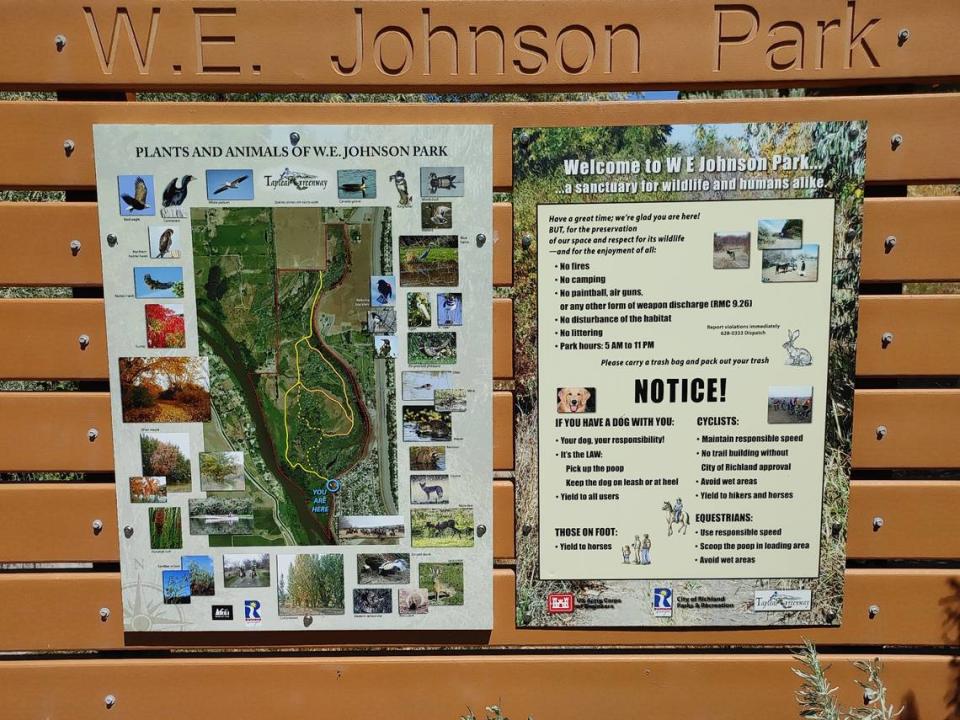
Good intentions?
Conservation officials struggle to balance their shock with their support of the city’s goal of preserving endangered habitat.
Eastern Washington’s shrub steppe habitat is not protected by state law, only by city and county ordinances, said Perry Harvester, regional habitat program manager for the Washington Department of Fish and Wildlife.
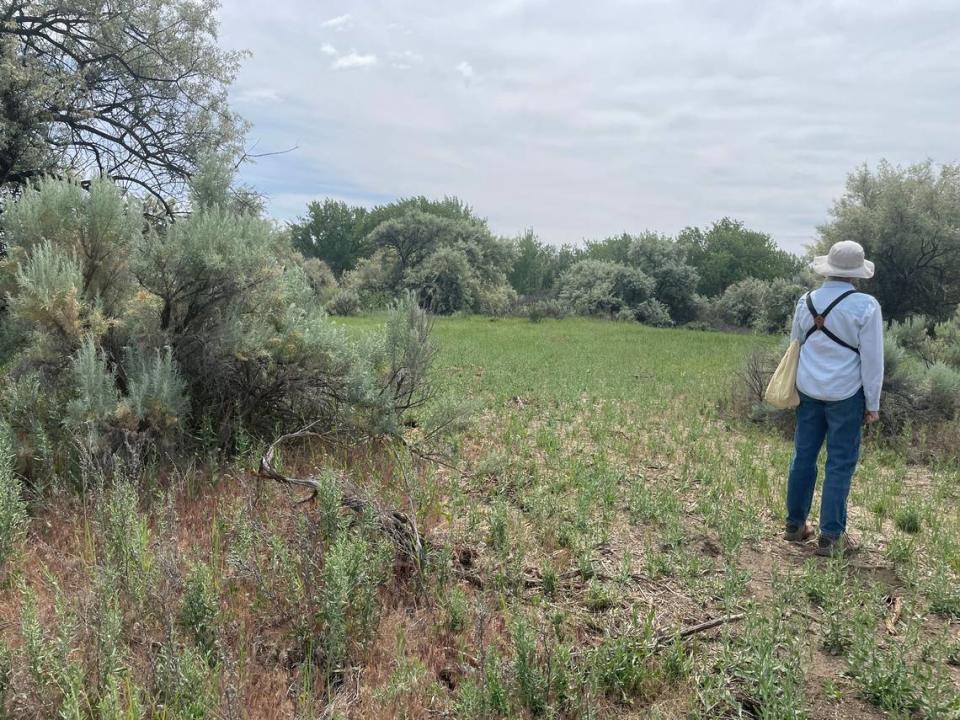
Harvester praised Richland for making it a priority.
“It’s a big win that the city is taking mitigation seriously,” he said.
Harvester confirmed the city consulted with Troy Maikis, a local department biologist, who advised it about various options. He didn’t hear anything new until he received alarmed calls from the Audubon Society in May.
The city is not required to get approval from fish and wildlife, but it could have provided technical expertise, he said.
A more arid site than W.E. Johnson may have been a better candidate for shrub steppe work.
“This is not a good example of how to do mitigation,” Harvester said.
Local expertise
Richland’s conservation leaders say the Tri-Cities area is rich with expertise for projects like this.
Had they been consulted, leaders of Tapteal Greenway and Audubon say that would have advised the city that it has other properties with more pressing need for rehabilitation.
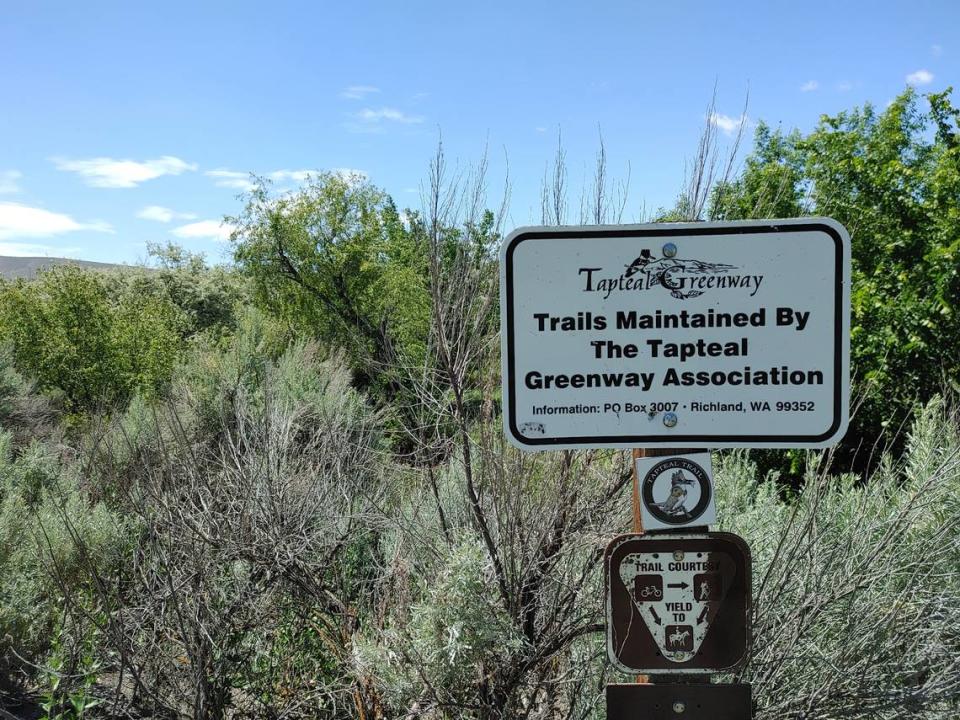
They would have explained that mowing down sagebrush and other vegetation in late April would leave the area open to weed invasions, which is what happened, and that birds may have been nesting at the time.
By Memorial Day, the cleared areas resembled meadows, which is not as charming as it sounds. The invasive knapweed is crowding out the native plants that support the many birds and small mammals that inhabit the park. Tapteal Greenway reports it is breeding habitat for yellow-breasted chat, gray catbird, Cooper’s hawk, yellow warbler and downy woodpecker.
It is also home to a variety of small mammals, including aquatic species that live near the Yakima.
Fyall, the Tapteal president, said that after working with the city on W.E. Johnson for nearly three decades, being left out of the decision-making process hurt.
“We’re a partner down there. Or we thought we were,” he said.
Why W.E. Johnson
The hotel site consisted of “marginal quality shrub steppe habitat,” according to the J-U-B project report the city posted.
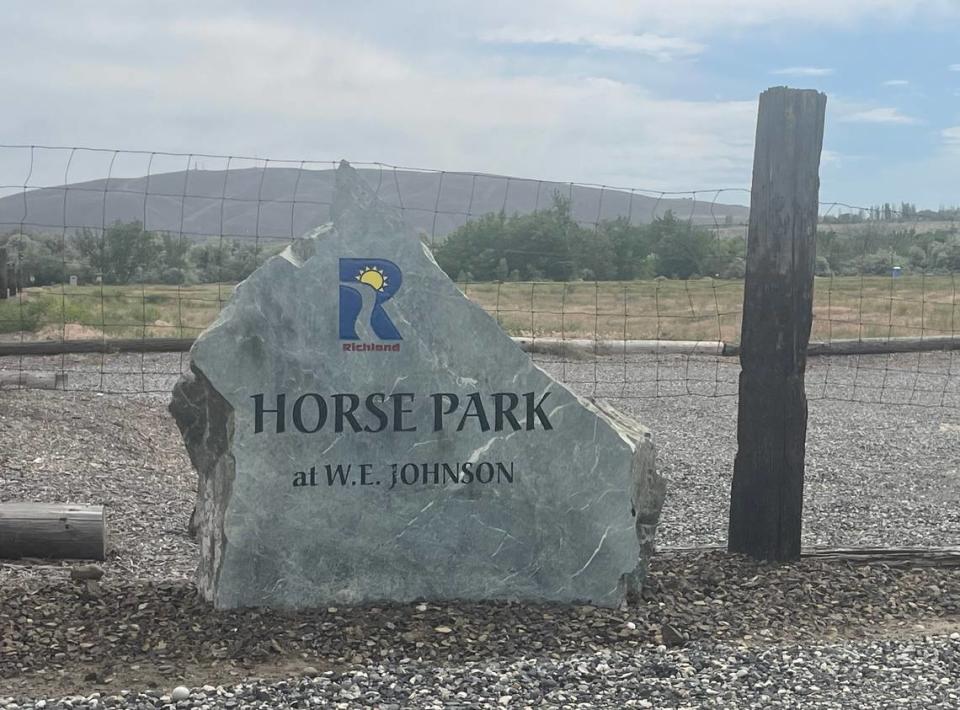
The report identified W.E. Johnson Park as an area where a restoration project could be successful. The site had big sagebrush but was also infested with invasive cheatgrass, it said.
Under the plan, the area would be treated for weeds to reduce the amount of seeds in the soil, then cleared.
Herbicides would be regularly applied until fall, when approved plants could be brought in.
Dana Ward, president of the Audubon Society as well as a retired Department of Energy official who worked on security and resource protection on the Hanford site, was unconvinced the restoration plan is a net positive for Richland.
“They destroyed more sagebrush here than the whole five acres for LivAway,” he said.
Sign Up: Boom Town Tri-Cities
Stay up to date on Tri-Cities growth and development with our weekly business newsletter. Get the latest on restaurant and business openings and closings, plus the region’s top housing and employment news. Click here to sign up. In your inbox every Wednesday.


